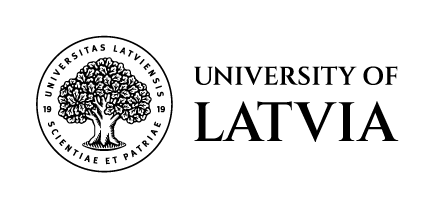Section of Military History in Lithuanian Army Staff (1935–1940)
DOI:
https://doi.org/10.22364/luzv.7.8.07Keywords:
military history, warfare, history of science, Latvia, Estonia, Lithuania, the Lithuanian Army, the Army Staff, Section of History, Stasys Raštikis, Vytautas SteponaitisAbstract
The article analyses the formation and functioning of the Section of Military History in the Lithuanian Army Staff in the period of 1935–1940. The significance of military history for officer training and military planning in the interwar Lithuanian Army is touched upon. The issues of the formation of the Section of History in the Lithuanian Army Staff and the composition of its personnel are disclosed. Moreover, the functions and the methods of activity of the Section and taking over the experience of the Estonian Army are discussed. The achievements of the Section of History and its intended plans are identified. The analysis of the activity of that specific Section of the Army Staff is one component of a broader research on the studies of military history in interwar Lithuania, seeking to disclose how the research on military history was conducted in interwar Lithuania and how the findings were exploited by the main user of the studies of military history – the Lithuanian Army.
Downloads
Published
Issue
Section
License
Copyright (c) 2019 Latvijas Universitāte

This work is licensed under a Creative Commons Attribution-NonCommercial 4.0 International License.


